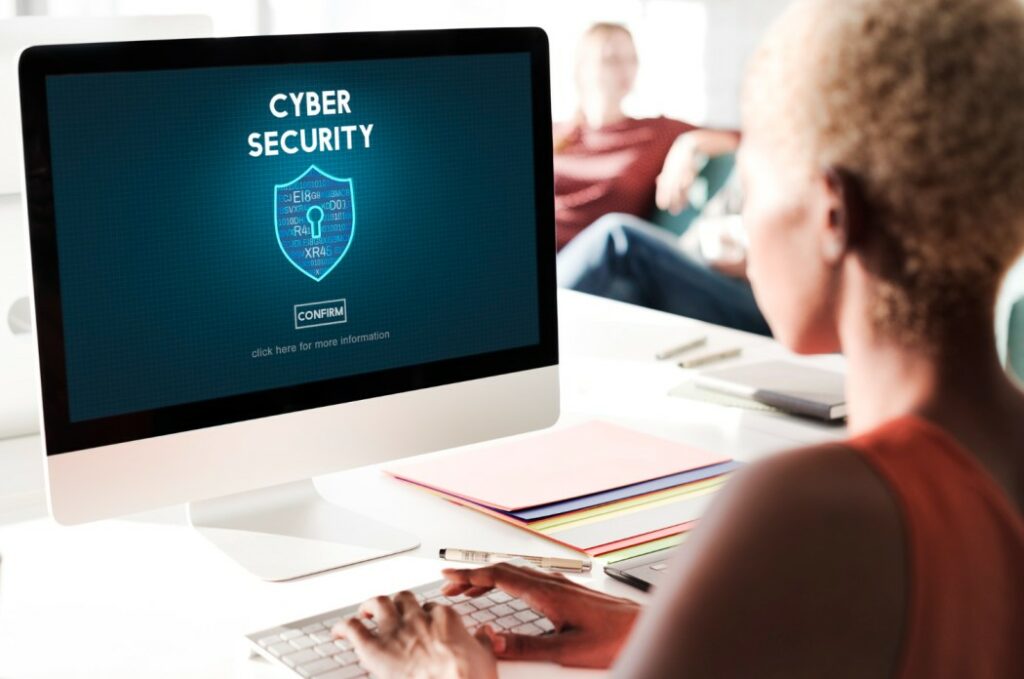Any system or IT infrastructure that sends and transfers data is prone to attacks. Cyber attacks are on the rise and their targets are the vulnerable, tiny businesses. In cities like Salt Lake City, businesses that are negligent of their data security are prone to attacks. These cyber-attacks could have negative effects in many cases. This depends on the intention of the culprit, either to steal critical information or for monetary reasons. A good reason is that even small businesses that run on IT or tech infrastructure need all-round security over their gadgets. Now, How Do you secure home wireless network in Salt Lake City?
Home and business infrastructures like computers and Wifi need maximum and updated protection from these threats. Although many home IT users do protect their computers and software from these threats, most neglect the network. Which also needs security measures. Once within the network, malware usually uses it as a means of transportation, although other threats come in straight from the outside. As a result, a vast and horrifying variety of wireless network security assaults can access the devices in your company or home through the wireless network. Let’s look at how this can be avoided, and prevented from happening.
1. Modify the default login information for the router
To avoid unwanted access, personalize your Wi-Fi network login information. You can change the login and password regularly because there is no set frequency for changing the router password. Refrain from using credentials that are simple to guess, such as “admin” or “password”. Note that upon the name change, all of your currently connected devices—including PCs, gaming consoles, cellphones, smart home appliances, etc.—will be disconnected from your Wi-Fi network. When you rename the network, you’ll need to update and rejoin each of those devices.
2. Make your Wi-Fi password strong.
When choosing a password for your Wi-Fi network, make sure it’s difficult and unique. For utmost protection, utilize numerals, lowercase and uppercase letters, and unique symbols. Reusing passwords that you’ve already used or using ones that are simple to figure out is not advised. One option is to utilize a password manager, which can assist you in managing your passwords and in creating complex, hard-to-crack passwords that are generated randomly.
3. Update your devices and software
By routinely updating the firmware and software on your devices, you can bolster the security of your network. The most recent versions typically include bug fixes, security patches, and enhanced protection against online attacks. Regularly review the list of devices that are linked to your Wi-Fi network using the router’s settings. Make certain that every device that is connected is recognized. Investigate right away if you see any strange equipment. Unauthorized access may be indicated by an unfamiliar device on your network.
4. Upgrade the firmware on your router
Similar to operating systems on PCs and phones, router makers update their firmware anytime a vulnerability is discovered. To maintain the firmware on your router current, routinely check for updates and install them. Ensure that the feature to automatically check for updates is activated on your router, as most recent models have it.

5. Enable network encryption
Utilize secure and dependable encryption techniques, such as WPA2 or WPA3. Data transmitted over a network is encrypted to thwart hackers’ attempts to access and misuse it. This can stop someone from connecting to your Wi-Fi network and listening in on you without your permission. Compared to WPA2 and WEP, WPA3 (Wi-Fi Protected Access 3) is a more secure encryption standard for Wi-Fi networks. Make sure that the WPA3 protocol is supported by your network and turn it on in the router settings.
6. Turn off remote control access.
Remotely adjusting router settings online is a feature that many routers provide. Convenient as it may be, if not configured properly, this could provide a security concern. You can improve security by restricting access to your router’s settings to your local network and turning off remote management.
7. Make several network firewalls active.
When your device is being kept off the Internet, a firewall serves as a shield. Your gadget may be able to communicate with certain ports. Currently, the firewall blocks those ports to shield your device from cyber attackers. In addition to blocking illegal access and dubious connections, it filters both incoming and outgoing traffic. Think about combining identity theft protection and antivirus software with a firewall as additional security measures.
8. Turn off UPnP and SSID broadcasting (Universal Plug and Play)
Although it is a useful function, it is preferable to limit network access without the need for human configuration. Disabling the SSID on your Wi-Fi network will also make it invisible. Your network will get an additional layer of protection as a result.
9. Use MAC address filtering
With this function, you can restrict who uses your Wi-Fi network according to their specific MAC address. Each device that is linked has a unique network card identifier and a MAC address. This is also accessible with sophisticated network filters. You can prevent other computers from connecting to your network equipment in addition to employing lengthy, complicated passwords on routers and repeaters.

10. Get a VPN.
A Virtual Private Network (VPN) is the popular name for a VPN. They shield your router from intrusion by offering basic security advantages. Your cybersecurity practice should be built around a VPN service. It adds layer of security to your Internet traffic by encrypting it. In addition to being a clever way to give your home Wi-Fi an additional layer of security, it is a must-have if you frequently use public Wi-Fi networks. To safeguard your data from potential risks, think about utilizing a reliable VPN service, particularly when connecting to public Wi-Fi networks.
How Do I secure my home wireless network?
To secure your home wireless network, personalize login credentials, using a unique username and password. Craft a robust Wi-Fi password with a mix of characters for maximum security. Choose an inconspicuous network name (SSID) and ensure it remains hidden. Regularly update your router’s firmware to counter vulnerabilities. Enable strong encryption protocols like WPA3 and disable remote management for added security. Leverage multiple network firewalls and control access through MAC address filtering. Consider creating a separate guest network to limit access. Disable SSID broadcasting, update devices and software regularly and fortify your connection with a Virtual Private Network (VPN).
Frequently Asked Questions
Wireless home internet can be secure with proper measures. Personalizing login credentials, using strong Wi-Fi passwords, and enabling encryption protocols like WPA3 enhance security.
Ensure your home Wi-Fi is secure by customizing login credentials, regularly updating router firmware, using strong encryption, and monitoring connected devices. Regular security checks and updates provide ongoing assurance.
Five common security protocols for wireless networks include WEP, WPA, WPA2, WPA3, and WPS. WPA3 is the latest and most secure among them, providing robust protection against unauthorized access.
Conclusions
To secure your home wireless network in Salt Lake City is imperative in an era where cyber threats are rampant. Cyber-attacks, especially on vulnerable businesses, can have severe consequences, ranging from data theft to financial losses. Even small businesses relying on IT infrastructure require comprehensive security. Neglecting network security exposes devices to a myriad of threats. To prevent this, personalize login credentials, employ strong passwords, update devices and firmware regularly, and leverage advanced security measures like MAC address filtering and VPNs. By adopting these practices, you fortify your home network against potential cyber threats, ensuring a safe digital environment.

